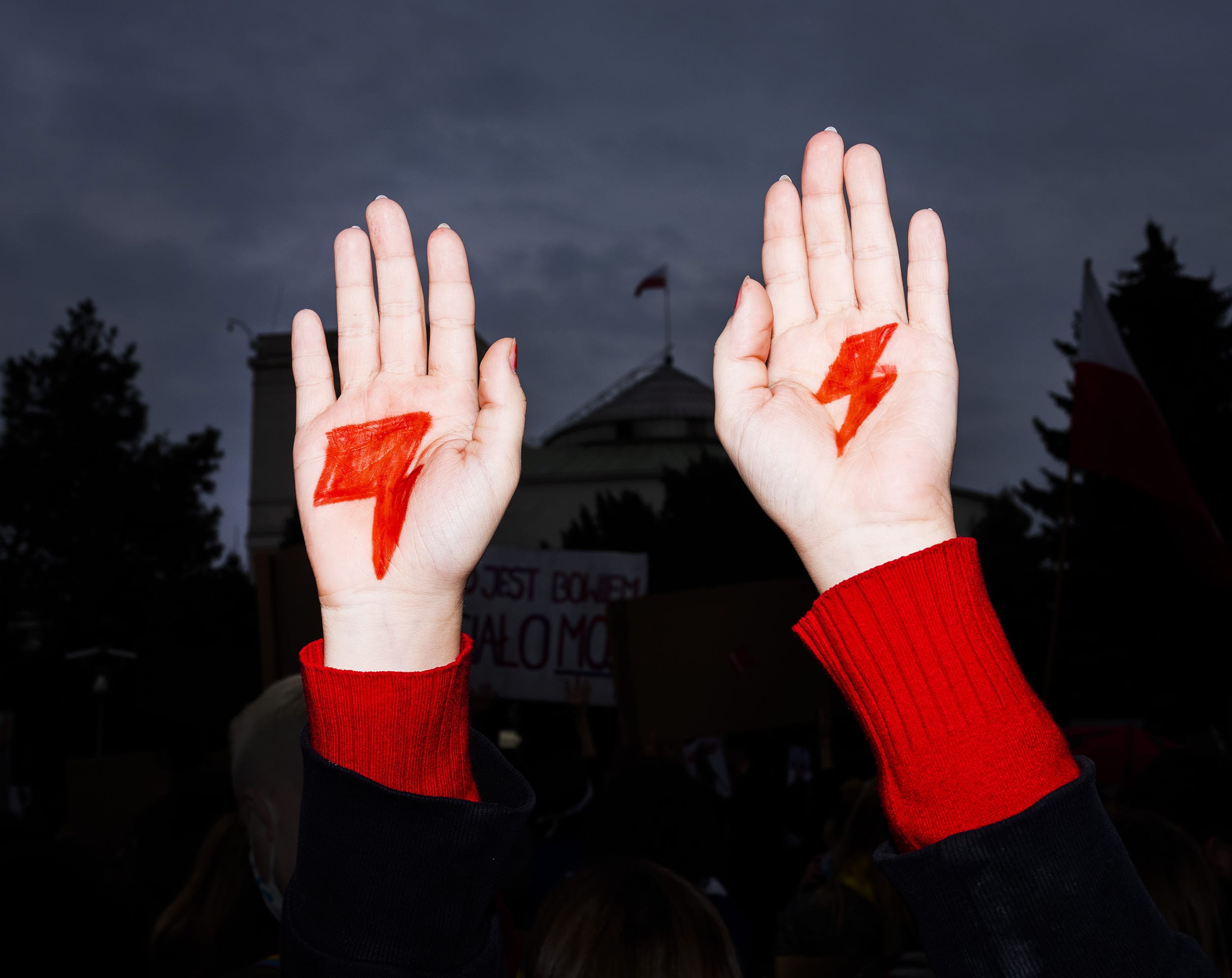The Archive of Public Protests documents the growing protest movements in Poland and celebrates their creativity
Image © Rafal Milach, courtesy APP
Source:
Warsaw 13.12.2020 Police forces securing the monument of Smolensk Air Disaster at the anti-governmental protest "We March for Freedom. We March for All". Various groups and organizations joined the Women's Strike in the protest that took place on the 39th anniversary of the introduction of Martial Law in communist Poland. 54th day of protests against the nearly total abortion ban. © Michalina Kuczyńska, courtesy of APP.
Source:© 2022 - 1854 MEDIA LTD